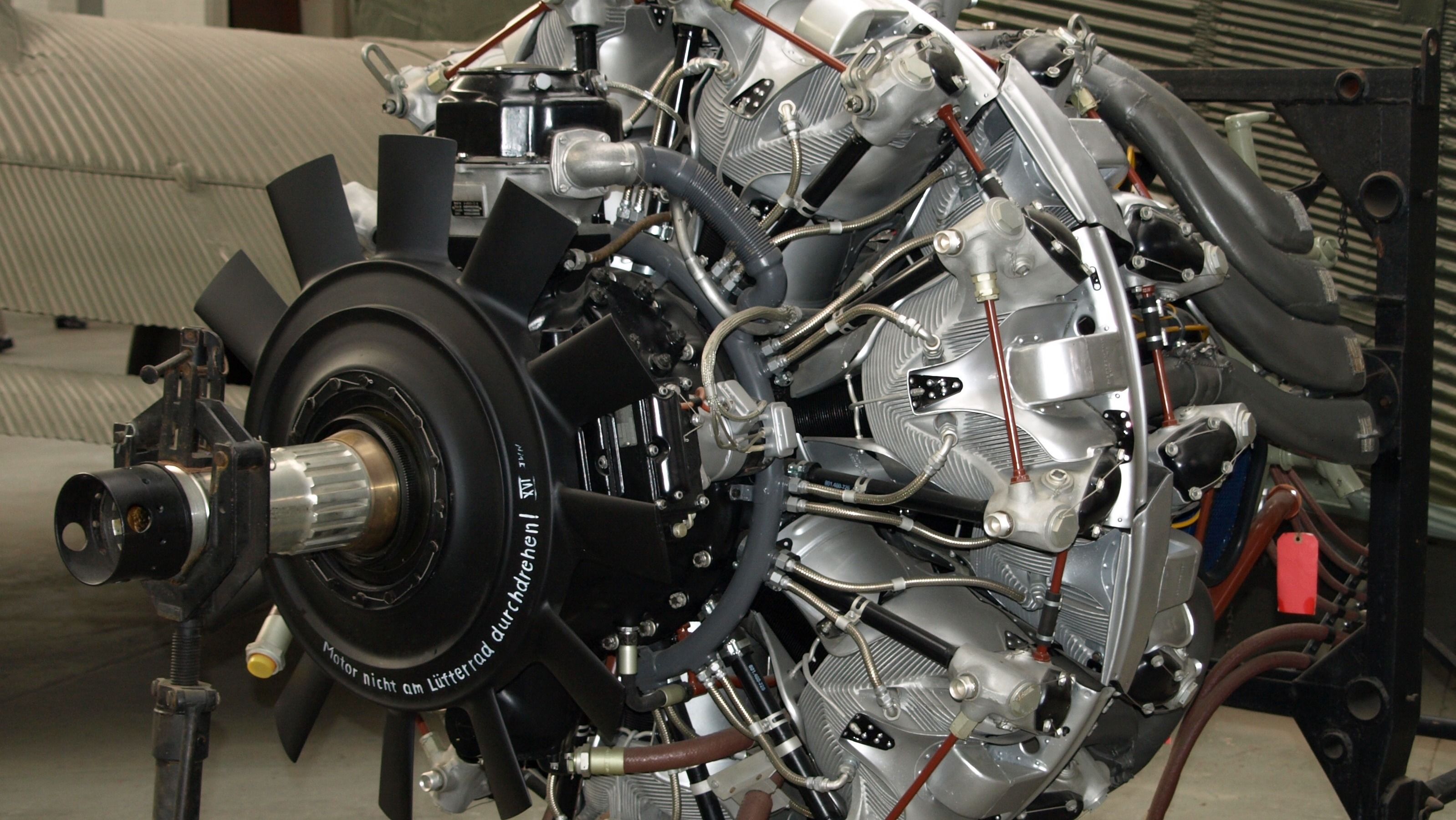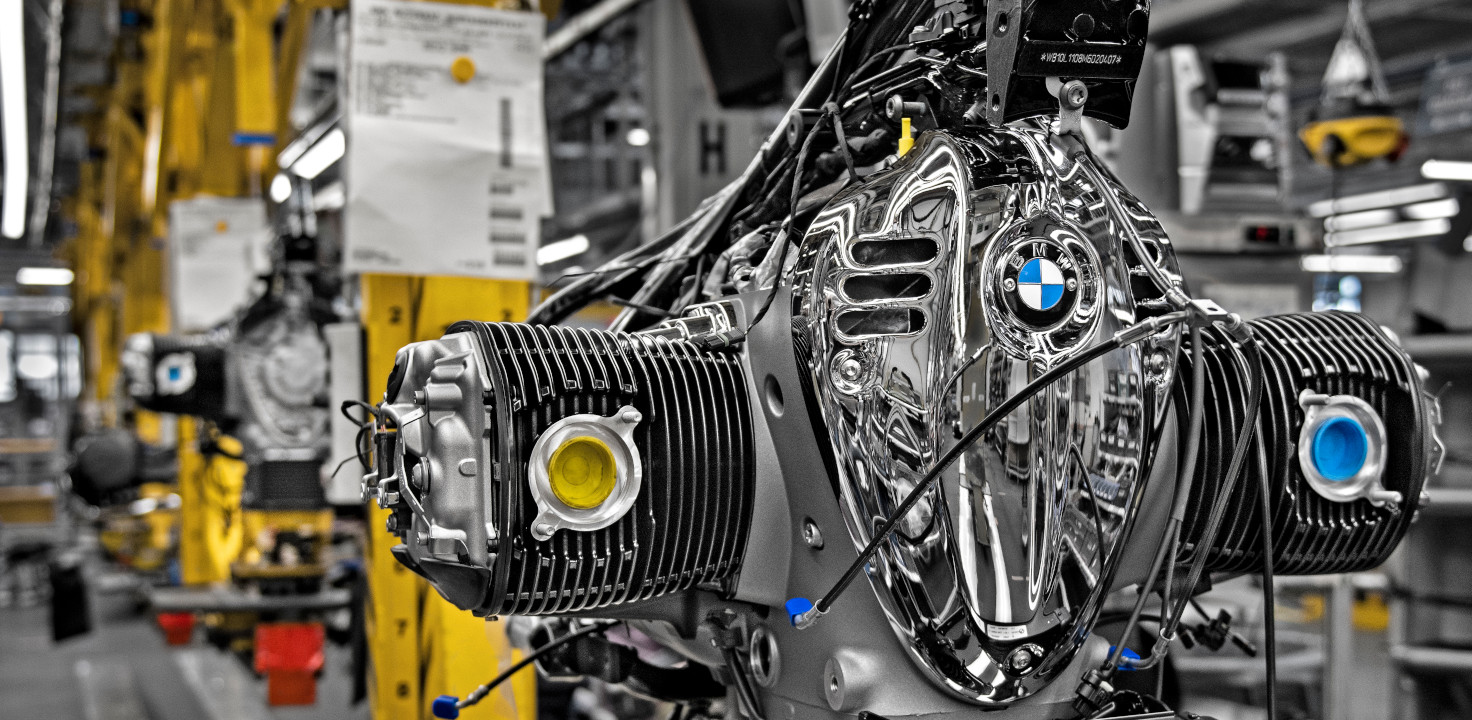Exploring the Evolution of Combustion Engines in Modern Transportation Systems
As we browse the landscape of contemporary transportation, the advancement of burning engines stands as a testament to human resourcefulness and engineering prowess. The interaction of history, innovation, and environmental problems in forming the trajectory of combustion engines develops a narrative that is both insightful and engaging.
Early Beginnings of Combustion Engines
Exactly how did the concept of burning engines very first arise in the beginning of transportation development? The origins of burning engines can be mapped back to the 17th century when the principles of interior combustion were very first explored. In 1673, Christian Huygens conceived a basic inner combustion engine that utilized gunpowder to create power. It wasn't up until the late 19th century that practical applications of combustion engines in transport started to emerge.
The advancement minute featured the invention of the very first effective gasoline-powered engine by Karl Benz in 1885 - bmw engine. This engine led the way for the growth of the modern vehicle, revolutionizing transport systems worldwide. Succeeding advancements by Nikolaus Otto and Gottlieb Daimler additionally improved burning engine modern technology, resulting in the mass manufacturing of automobiles and the rapid development of the transport industry
These early combustion engines were characterized by their simplicity and efficiency, laying the structure for the complex and powerful engines utilized in modern transportation systems. The evolution of burning engines has actually been crucial in forming the means we take a trip and deliver products, noting a substantial landmark in the background of transportation development.
Shift to Internal Burning Modern Technology
The shift to interior burning technology noted a crucial change in the evolution of transport systems. This change began in the late 19th century, with creators like Nikolaus Otto and Gottlieb Daimler creating the very first successful interior combustion engines. These engines revolutionized transport by providing a more powerful and effective alternative to vapor engines and electric motors.
One of the key benefits of interior burning engines was their capability to be scaled down to match cars, leading to the advancement of motorcycles and cars. This change from bulky, stationary engines to portable, mobile ones led the way for the contemporary transportation systems we see today.
The shift to internal combustion modern technology likewise stimulated improvements in gas innovation, bring about the advancement of fuel and diesel as primary gas resources for vehicles. This change not only made transportation extra easily accessible to the masses yet likewise laid the structure for the oil and gas sector to become important to global economic situations.
Effect of Combustion Engines on Transportation
The adoption of burning engines in transport systems catalyzed a profound shift in the performance and rate of global wheelchair. Combustion engines reinvented transport by providing a trustworthy and functional resource of power for numerous vehicles, including vehicles, vehicles, ships, and airplanes. This innovation considerably boosted the ability for people and goods to move over long distances in much shorter time frames, leading to increased connectivity between regions and countries.
Additionally, the extensive usage of combustion engines has had a significant effect on economic growth. The ability to transport goods efficiently has actually stimulated profession and commerce, allowing businesses to expand their markets and get to customers worldwide. This has actually promoted financial growth and globalization, as products can currently be moved much faster and in bigger quantities than in the past.
Nonetheless, the ecological effect of burning engines can not be ignored. The combustion of nonrenewable fuel sources has actually caused air pollution and greenhouse gas emissions, adding to environment change and posing wellness dangers to populations. bmw engine. Because of this, there is an expanding emphasis on creating alternate propulsion technologies to mitigate these unfavorable effects and develop a much more sustainable future for transportation
Advancements in Combustion Engine Layout
Many advancements in burning engine design have actually moved the advancement of transportation systems over the years. One significant development is the growth of turbocharged engines, which utilize exhaust gases to drive a turbine that compresses inbound air, permitting even more fuel to be burned, resulting in boosted power output without a significant rise in engine size. Furthermore, straight injection modern technology has enhanced gas efficiency and efficiency by specifically regulating the amount and timing of gas injected into the burning chamber. Variable shutoff timing systems have likewise changed engine design by enhancing air movement at different engine rates, improving see this page both power and performance. Another considerable innovation is the integration of lightweight products such as carbon fiber and light weight aluminum alloys, reducing overall engine weight and enhancing automobile gas economy. Furthermore, advancements in computer-aided style have actually made it possible for engineers to optimize engine performance and effectiveness with simulations prior to physical models are constructed, conserving time and resources in the development process. These technologies jointly contribute to the continuous improvement of combustion engines in modern transportation systems.
Future Fads in Combustion Engine Development
With innovation innovations driving constant innovation, the future of combustion engine growth is poised to reinvent transportation systems internationally. One of the key patterns in burning engine development is the push in the direction of greater effectiveness and minimized exhausts.
Another famous fad is the adoption of hybrid innovations in burning engines. Crossbreed engines combine standard burning technology with electrical power, supplying improved fuel effectiveness and lower exhausts. As the auto industry shifts towards electrification, hybrid burning engines are viewed as a transitional remedy that bridges the gap between traditional automobiles and Discover More Here totally electric ones.
Furthermore, the combination of wise modern technologies, such as expert system and data analytics, is expected to play a substantial duty in the future of burning engine development. These technologies can enhance engine efficiency in real-time, causing a lot more reliable burning procedures and improved general lorry efficiency. Welcoming these future fads will certainly not just drive technology in burning engine growth yet additionally add to an extra eco pleasant and sustainable transportation community.

Conclusion
In conclusion, the advancement of burning engines in modern transportation systems has actually been marked by significant innovations in modern technology and style. From the early starts of combustion engines to the transition to inner combustion technology, these engines have actually had a profound influence on transportation.
The roots of burning engines can be traced back to the 17th century when the concepts of interior burning were very first explored. These engines revolutionized transport by offering an extra effective and effective option to steam engines and electrical motors.
